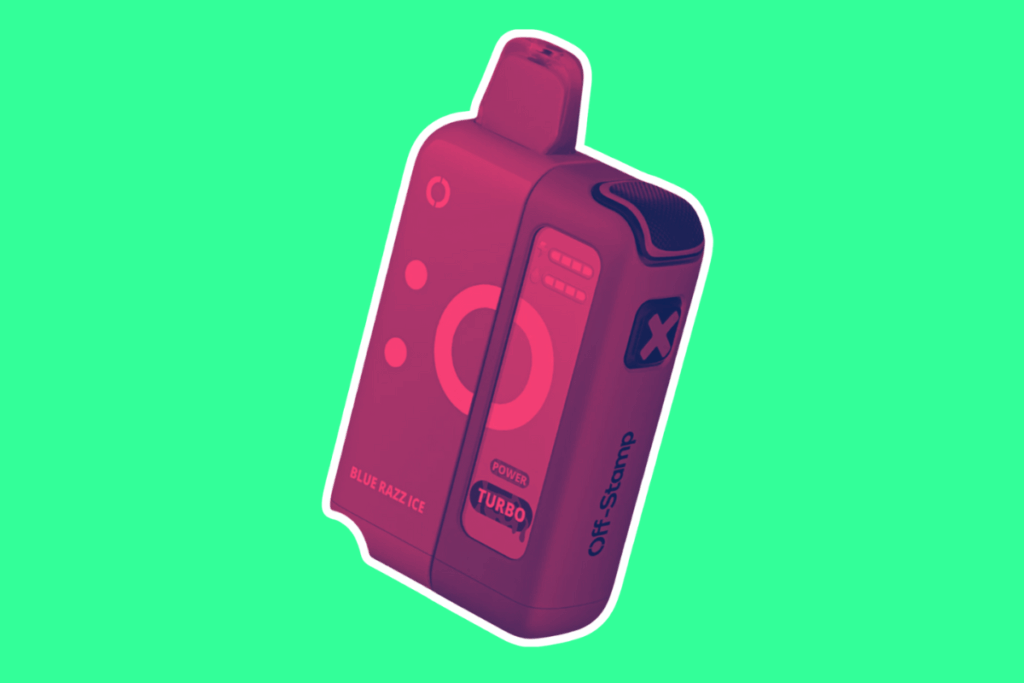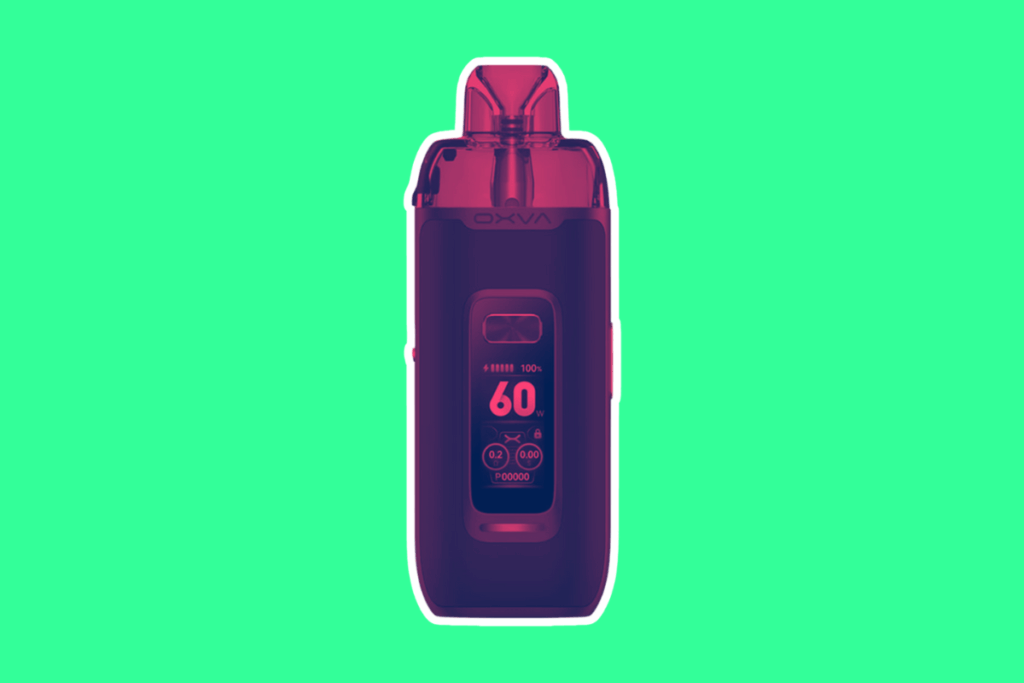The deadline for the PMTA is quickly approaching in the United States. The date originally set for May 11th, 2020 has been pushed back to September due to the COVID pandemic. While this is good news, it doesn’t change the fact that the date continues to loom over all of our heads.
You can easily check how many people have already submitted a PMTA through the FDA’s website. So far, the tobacco companies have sent their forms in for products like JUUL, VUSE, LOG, and MyBLU.
But what about open tank systems? What about your standard mod and tank combo? What about your favorite juice companies?
Everyone seems to have an opinion and a different outlook. Many of the rules and regulations have been rumor controlled on the internet, especially on reddit…here are the facts.
In The Beginning
Things changed forever for the vape industry in May of 2016. The FDA had spent years trying to gain control of all tobacco products, including vapes and e-cigarettes. The pressure was put on the FDA by the Democratic members of Congress. Panic ensued all over internet forums. People were scared that the government wanted to get involved in what many considered “off the map” when it came to regulations.
At the time, the vape industry was doing a pretty good job of regulating itself. Of course, the number of people who vaped regularly was half of what it is today.
The Deeming Regulations were decided upon on April 24th, 2014. The FDA proposed many rules, that seemed by design to completely wipe out the independent/small vape companies. This is where the PMTAs first get mentioned. Manufacturers would have two years to submit their applications once the regulations were passed.
The FDA then gave the public 75 days to submit comments before they settled on the final rules. This 75-day window was extended. Of all the comments, one stuck out the most.
R.J. Reynolds Sends A Message
During the comment period, R.J. Reynolds (maker of Camel Cigarettes and many other brands) in their statement, suggested that:
The FDA should ban outright so-called “open-system” vaping products (the separate components that fit together in different combinations, like bottled e-liquid, mods, atomizers, and coils).
“Unlike closed-system products,” said Reynolds, “open-system products are highly customizable. As a result, there is no way to adequately evaluate how such a product will work or to establish whether the consistency of product composition and quality can be maintained.”
August 8th, 2016
August 8th is known as “The Deeming Reg Day” in the vape industry. This is the day that the FDA released their final statement on PMTAs. The document they released was almost 60 pages long and extremely confusing for a small vape company to decipher. It seemed that our comments were mostly ignored, in favor of the tobacco industry and their testimonies.
The rules contained guidelines that forced companies to shown compatibility with other products. For instance, if you design a 510 threaded atomizer, it must be shown which devices it is compatible with. That means any product it can be attached to. As well as attachments, you must show every type of e-juice that can be vaporized in such a device. This seems to be an impossible task, by design.
Manufacturers were told to comply immediately. But even with documents explaining the process, there was not a clear path to legality. The document was confusing and left many people in the industry in disdain.
Initially, there was also a ban written into a Bill on all flavors except tobacco. While this did not pass or take effect, it was left on the table for future use. Luckily, we dodged our first bullet. But panic had already set in.
Vaping Goes To Court
Luckily, before the deeming regulations were even submitted, there was a House Bill that would grandfather in any products made before August 8th. Republican Tom Cole drafted the Bill deemed HR 2058. The Bill would save any products and devices already on the market. This Bill continued to change and remained relevant for the coming years.
Along with the Bill, many (too many to list) companies and businesses took to the courtroom. Lawsuit after lawsuit was filed in an attempt to save vaping. By January of 2018, there were hundreds of companies wrapped up in litigation. So much so, it has been hard for the FDA to even enforce their rules.
But make no mistake, by this point everything on the market was officially illegal to sell. Vape shops and companies continued business and the FDA did not yet enforce the regulations. To this day, everything on the market is “technically” illegal in The United States. Nothing is FDA approved. Like the past though, the industry seems to continually regulate itself.
Hope From The FDA
Immediately after his election win, President Trump appointed many people to form his core team. One of those people was Scott Gotlieb. A medical doctor, who took over as the head of the FDA. Gotlieb had been involved with the FDA for years. Being a doctor he had a strict policy to rid the United States of smoking, and other tobacco use.
“We need to redouble efforts to help more smokers become tobacco-free,” said the new commissioner. “And, we need to have the science base to explore the potential to move current smokers – unable or unwilling to quit – to less harmful products, if they can’t quit altogether. At all times, we must protect kids from the dangers of tobacco use.”
Gotlieb’s first order of business was to reduce nicotine in cigarettes. With that in mind, he mentioned during several speeches that his plan would include e-cigarettes for people that cannot quit using any other method. His next order of business was to postpone The Deeming Regulations until August 2022. He wanted to allow time for technology to improve in the e-cigarette realm, to eventually phase out traditional tobacco products.
By this point, vaping had seen a 45% increase since 2016.
Youth Vaping Sweeps The Media
Flavors had always been a point of contention when dealing with the FDA. Their argument is that flavors attract children to vaping, and create new addicts in the process. During late 2018 until December 2019 many advocacy groups started bombarding the FDA in regards to youth vaping. The Truth Movement almost immediately began campaigning for the total banning of vaping. Where their original focus was on teen smoking, vaping suddenly took the forefront.
These groups needed a scapegoat, and Juul Labs was immediately targeted. Juul was known for having a high content of nicotine.
What Is A PMTA?
PMTA is the abbreviation for “Pre-Market Tobacco Application”. Every product must be independently tested, and then reach the application stage. Once the product has been applied for, the FDA gives the manufacturer a grace period of one year.
Regulations require a PMTA for each of the following:
- Each Flavor
- Each nicotine strength
- PG/VG mixtures
- E-Hookahs
- Dry Herb personal vaporizers
- Any Pre-filled pods
- Batteries and power sources
- Packaging compliant with FDA guidelines
- Components and parts
- Mods, coils, and tanks




Leave a Reply